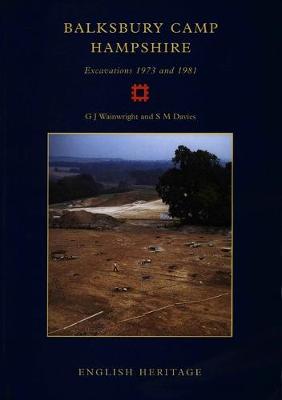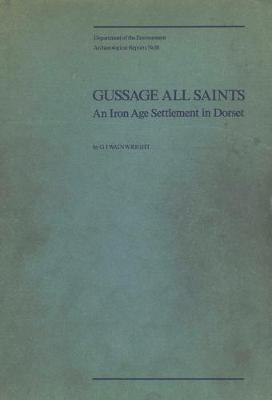English Heritage Archaeological Report
2 primary works
Book 4
In 1973 and 1981 excavations of an Iron Age plateau enclosure on the outskirts of Andover revealed a sequence of Late Bronze to Early Iron Age defence construction and modification, subsequently further modified in the Romano-British period. Other features included a Late Neolithic/Beaker burial and, in the interior, a palimpsest of pits, postholes, gullies and buildings of Early Iron Age to late Roman date. Artefacts of all periods are reported on, and environmental evidence enhances the understanding of site activities and the ecological background.
Book 10
A three-acre settlement at Gussage All Saints, Dorset was completely excavated and most of the archaeological deposit removed so as to provide a basis for broader interpretations. Post-holes for buildings, numerous pits, gullies and internal enclosures provided evidence that the settlement was occupied throughout the second half of the first millennium CB, and evidence was recovered for its development, material culture, economy and population. Of particular interest is a collection of bronze-founder's debris, including broken investment moulds, which was found as a rubbish deposit. The excavation was a problem-orientated project within a rescue framework, designed to look back at Dr Gerhardt Bersu's excavation of the site of Little Woodbury, near Salisbury, in 1938 and 1939, which, although a partial excavation, had for many years provided the pattern for Iron Age economy in Southern Britain.

